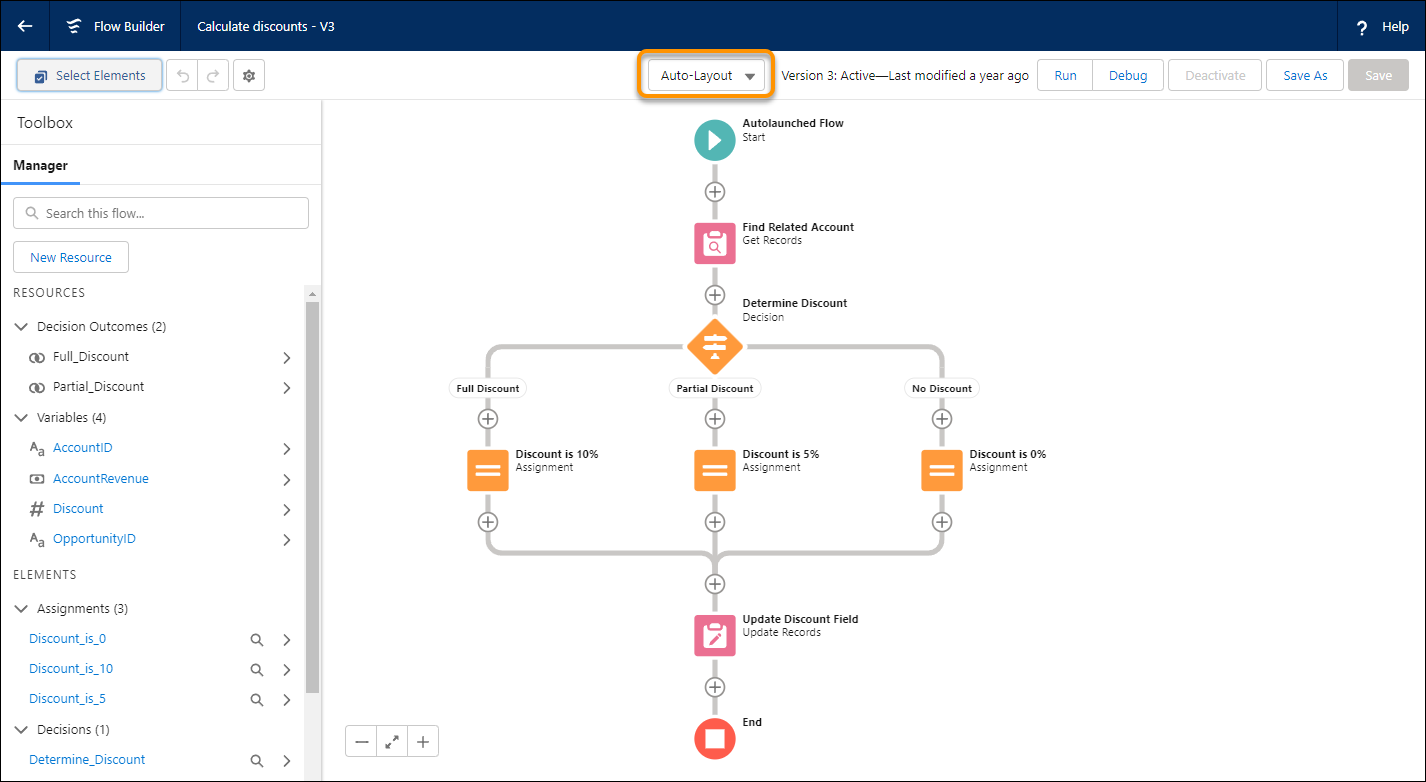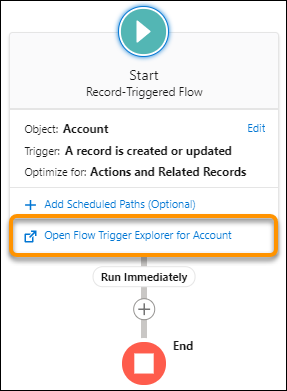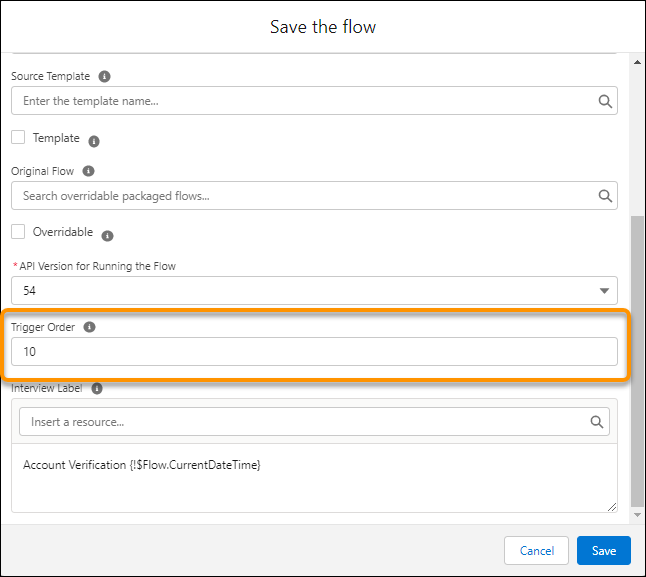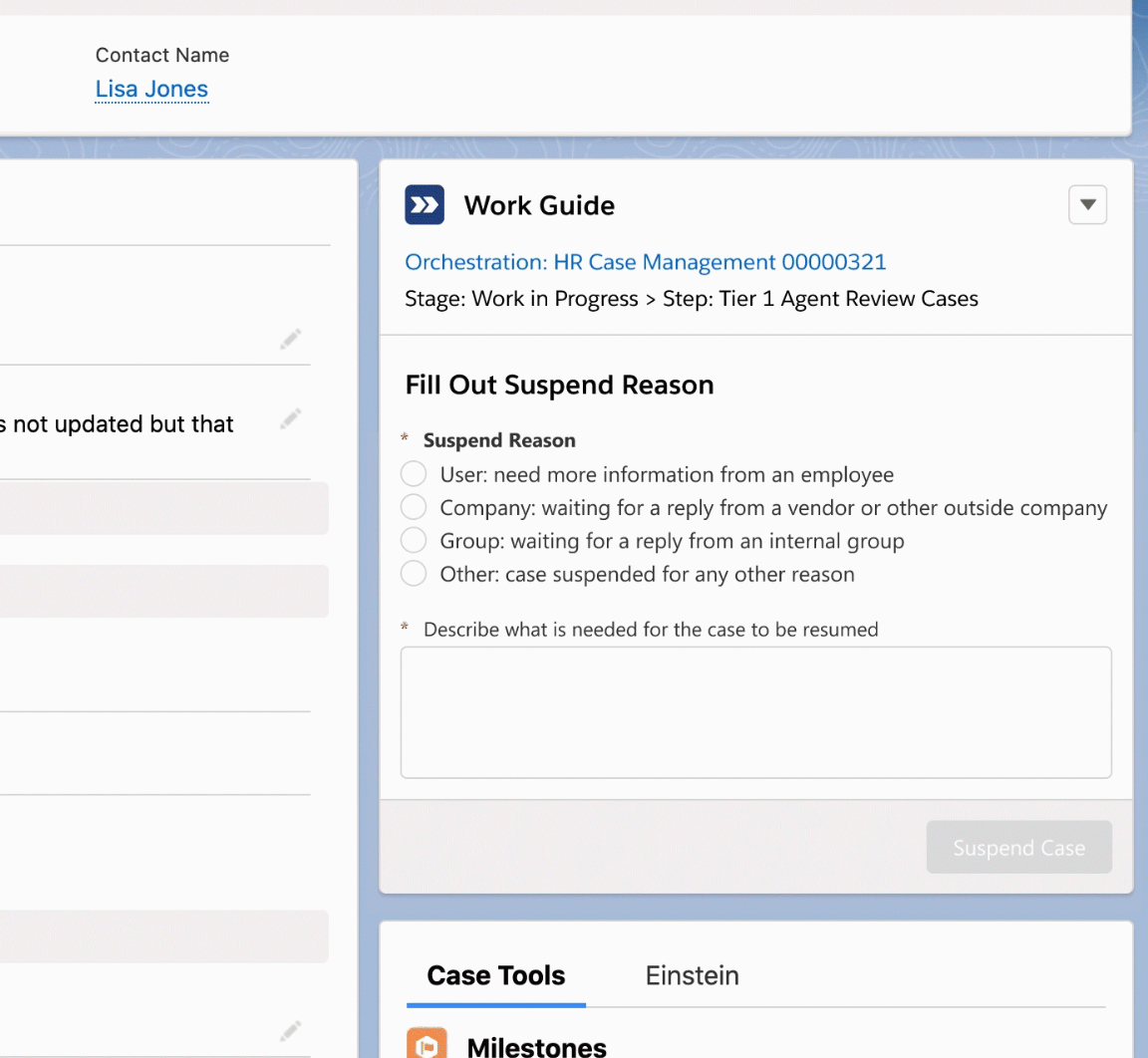General changes
- Start new console sessions without the need to load workspaces tabs from previous sessions. When this option is enabled, opening a new console session clears the pinned and unpinned tabs. Only admins with the permissions to View Setup, Configuration, and Customize Application can enable this feature (read more).
- Based on the selected criteria, you can set the scope of records visible to users. Use the scoping rules to determine the scope so that users can see only those records that are relevant to them. Scoping rules don’t restrict users from accessing those records – they can still access all records which are accessible to them based on the given organization’s settings.
The feature is only available in the Performance and Unlimited editions after an earlier activation by the Salesforce technical support team. (read more).

Photo 1. Scoping rules
- Enable Enhanced Personal Information Management to prevent external users, such as portal and community users, from accessing other users’ personal data. You can also decide which custom and standard user fields are considered to be sensitive or restrict access to them. (Read more)
- Building Flows and aligning elements are easier thanks to Auto-Layout. Elements are arranged, connected, and aligned automatically, allowing you to save time and keep your elements organized. Auto-Layout is now a default layout for Flows (read more).
Photo 2. Building Flows and aligning elements with Auto-Layout
- See and manage your record-triggered flows with Flow Trigger Explorer. It’s a new tool that is more intuitive and interactive than the Flows list view. Flow Trigger Explorer shows all Flows associated with a given object. Those Flows run when the record is created, updated, or deleted. In Flow Builder, at the bottom of the Start element for a record-triggered flow, click Open Flow Trigger Explorer for [object name, for example, Account]. (Read more)
Photo 3. Flow Trigger Explorer
- Determine the run order of Flows for the same object. The run order value can be defined only for a Flow of the record-triggered type (before- or after-save). Many Flows can have the same run order value – then, they run in an alphabetical order based on their API names (read more).
Photo 4. Determination of the run order of Flows for the same object
- Orchestrator is a new Flow feature that allows admins to connect numerous flows and business processes with multiple people. Instead of rebuilding the existing Flows to support new features, Flow Orchestrator has been built with a view to existing flows and allows using them in any new orchestration. (Read more).
Photo 5. New Flow feature – Orchestrator
Autor
- Marketing Team Leader at Craftware
-
Has 13 year experience in marketing, PR and communication. At the beginning of her career she worked in the public administrative sector, where she was in charge of promotional activities of government IT projects. For the last 5 years, she has been involved with a commercial sector, where she supports companies in digital marketing, content marketing activities and Public Relations.
Opracowanie redakcyjne:
Text revision
Text translation





